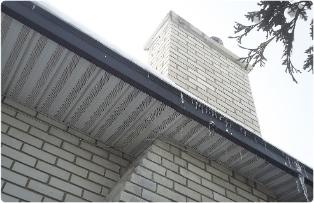Chimney Caps: Protecting Your Chimney and Home

A chimney cap is a simple yet essential feature that shields your chimney from water, debris, and animals while improving ventilation. Crafted from durable materials like stainless steel or concrete, it safeguards the masonry below, ensuring your chimney remains functional, safe, and long-lasting.
Signs You Need a Chimney Cap
- Water dripping into the fireplace or stove.
- Frequent clogging of the flue by debris.
- Animals found in the chimney.
- Visible damage on an existing cap.
Choosing the Right Chimney Cap
We offer a range of chimney caps to suit every style, function, and budget:
| Option | Pro | Con |
|---|---|---|
| Metal (#1 Choice) |
|
|
| Concrete |
|
|
| Natural Stone |
|
|
| Man-Made Stone |
|
|
| Brick Corbel |
|
|
Why Choose Professional Installation?
- Perfect Fit: Ensures the cap is properly secured with no gaps and is secured tightly to the chimney.
- Safety First: Avoid the dangers of climbing onto your roof.
- Expert Advice: Choose the right cap material and design for your chimney.
 FREE
FREE